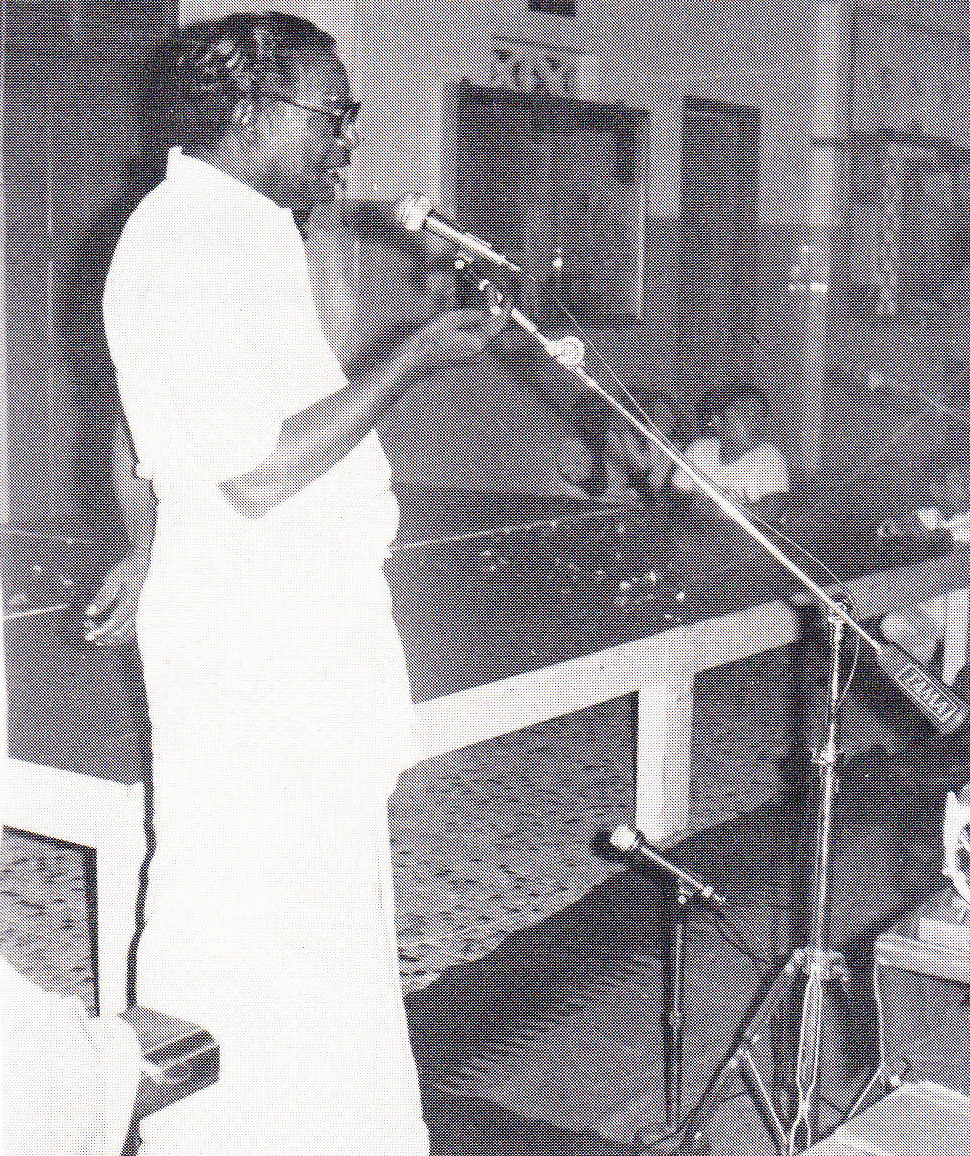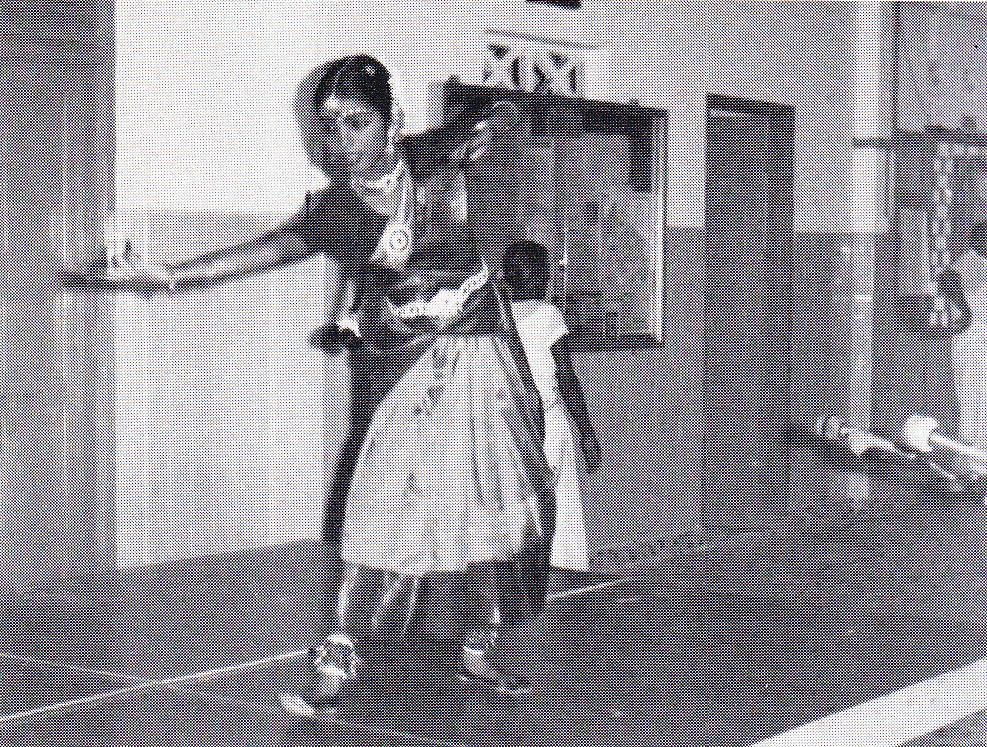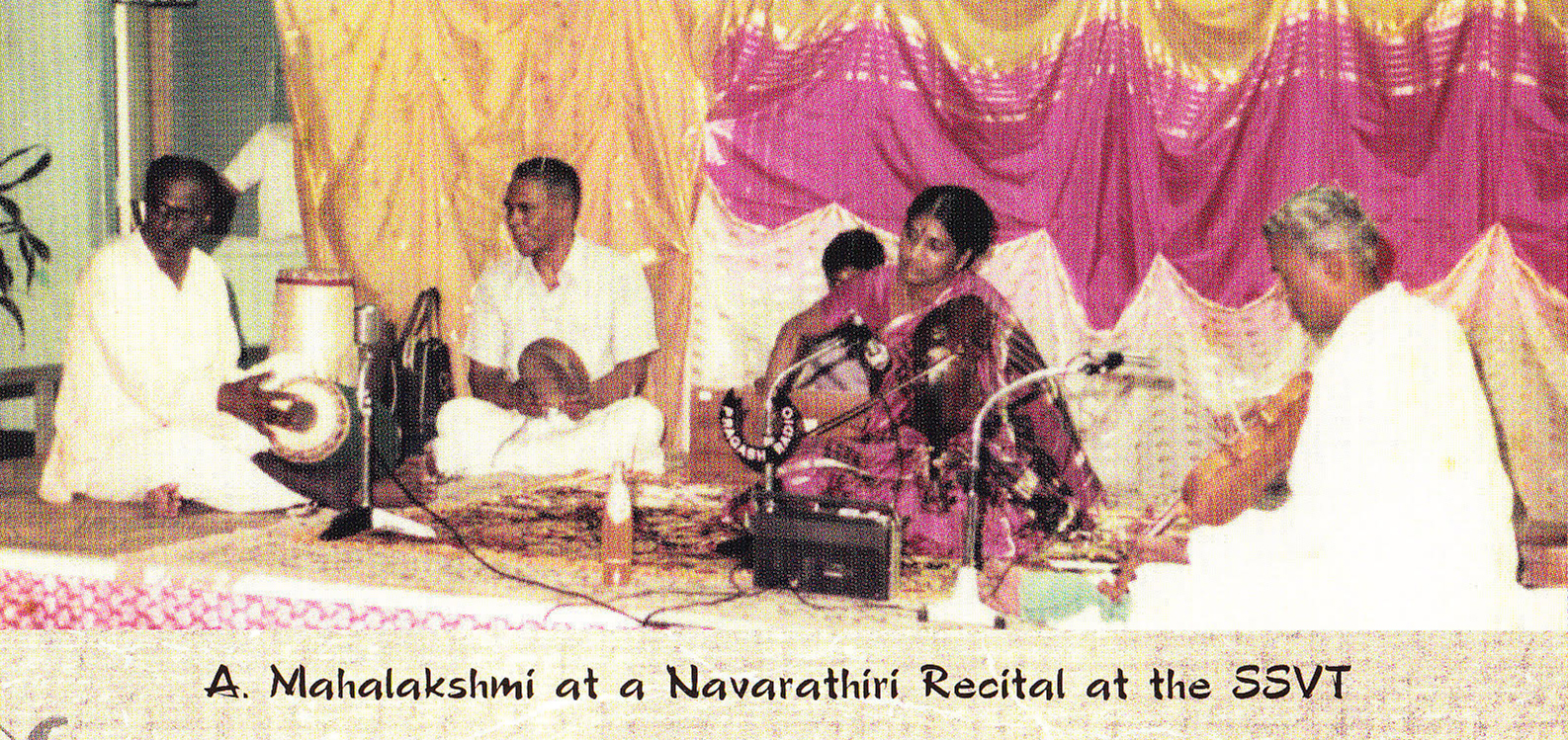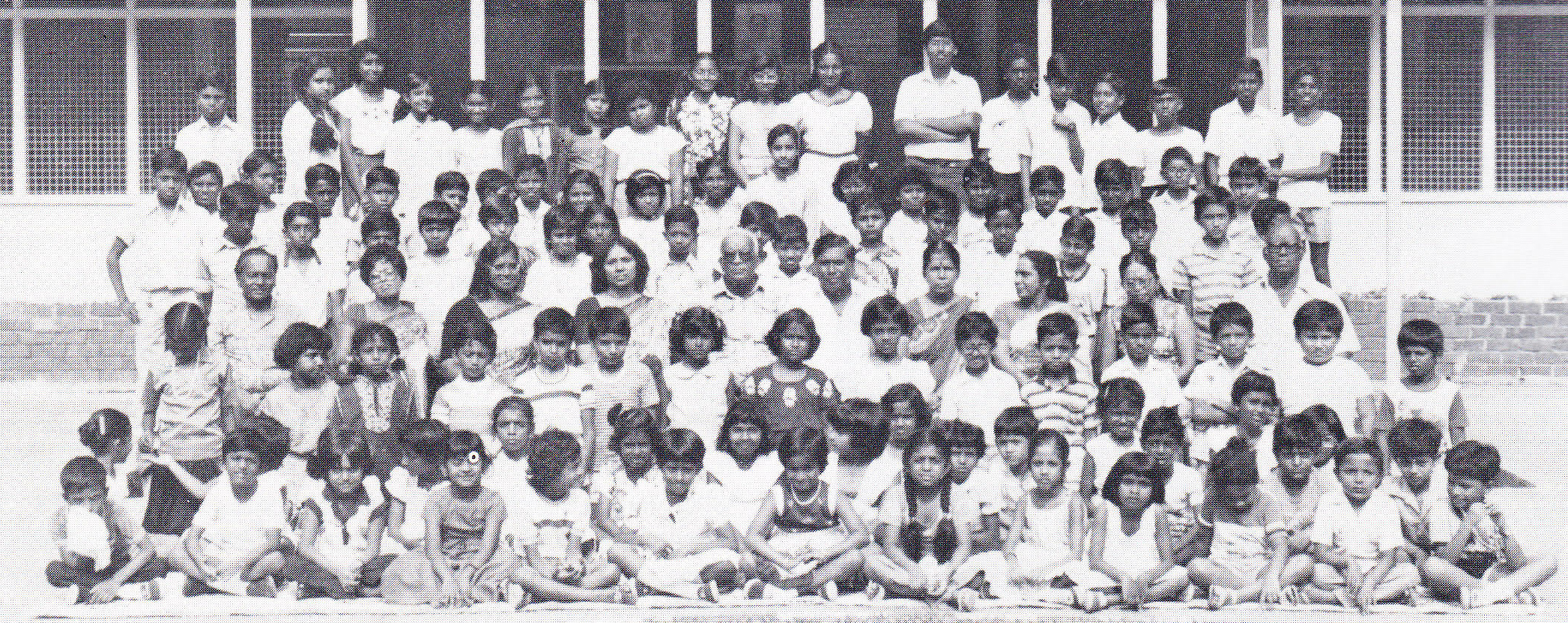ABOUT THE SCHOOL
The Sri Senpaga Vinayagar Saiva Samaya School teaches Tamil, Thevarams, Thirumurai and Saivaite religious knowledge to children aged 4 to 14. Classes are conducted at the Sri Senpaga Vinayagar Temple.
The following classes are available for registration :
Nursery, K1, K2, Primary 1, Primary 2, Primary 3, Primary 4, Primary 5, Primary 6, Secondary 1 and Secondary 2.
Classes take place every Sunday morning from 9am to 12noon. Breakfast is served between lessons.
Closed in 2020 due to Covid-19 precautions. Starting date in January 2021 to be confirmed.
OUR TEACHERS
Our teachers are passionate, dedicated and knowledgeable in various aspects of Saiva Samayam and Tamil.
TRANSPORT
Transport to and from the school are available from various parts of Singapore, subject to availability.
Please check if bus service is available when registering your child. Transport fees are subject to costs by bus operators.
THIRUMURAI (TAMIL MANTRAS) CHANTING
By attending the Saiva Samaya School, students acquire the skill of singing Thevarams, individually and in groups. In the course of learning the Thevarams, students are also able to grasp knowledge on the various aspects of Thevarams.
SPEECH & DRAMA
Our students are taught Speech & Drama by Drama & Theatre Specialists and Musicians. They are able to confidently go on stage and perform various roles assigned to them in the drama. They are taught to speak in Tamil fluently and continue to keep Tamil as a Living Language.
All students take part in the Navarathiri celebrations and selected Temple functions.
REMARKS FROM PARENTS AND STUDENTS
I have been studying in the Sunday
School for 6 years and I have gained much knowledge of Saiva Samayam. I have also improved on my Tamil Language.
The teachers are kind here and I have an opportunity to go for competitions like Thevaram Competition,
Oratorical and Drama competition. This opportunity is a rare one. So please join Sunday School.
-S Ragumayuran Secondary 2
HISTORY OF THE SAIVA SAMAYA SCHOOL – written in 2008 by Mr R. Sivasubramaniam, current Principal of the Saiva Samaya School
 This year the Sri Senpaga
Vinayagar Saiva Samaya School (hereafter referred to as the school) will celebrate its 70th
Anniversary by reflecting on the school’s history and its contributions to the community.
This year the Sri Senpaga
Vinayagar Saiva Samaya School (hereafter referred to as the school) will celebrate its 70th
Anniversary by reflecting on the school’s history and its contributions to the community.
 When our forefathers left the
shores of Ceylon (Sri Lanka as it was formerly called), one of their first objectives after securing a job was
to establish a place of worship. The Sri Senpaga Vinayagar Temple was the result.
When our forefathers left the
shores of Ceylon (Sri Lanka as it was formerly called), one of their first objectives after securing a job was
to establish a place of worship. The Sri Senpaga Vinayagar Temple was the result.
Eventually, they went back to Ceylon, established families and returned to Singapore. As their families began to expand their thoughts turned towards the education of their children. While the secular education system was well regulated by the Government, a group of prudent elders felt that their children should also be given some form of religious education.
A Comprehensive history of the school is given in the 1983 Temple Kumbabhishega Malar by Mr R Rajathurai who was at that time the Chairman of the Education Sub-Committee.
 I had the good fortune to meet
him at his residence in Jalan Buloh Perindu, where, over a cup of tea, l learned about the problems the early
pioneers faced. He also updated me on the significant events that had taken place since 1983. In 1940, the
temple became registerd as a regular Tamil religious school. The first teachers in this school were Mr. K.
Murugappa and his wife.
I had the good fortune to meet
him at his residence in Jalan Buloh Perindu, where, over a cup of tea, l learned about the problems the early
pioneers faced. He also updated me on the significant events that had taken place since 1983. In 1940, the
temple became registerd as a regular Tamil religious school. The first teachers in this school were Mr. K.
Murugappa and his wife.
 After the war, additional
classes were established in Kampong Bahru, Katong, and Sterangoon Gardens to cope with the greater dispersion of
the Ceylon Tamil population in Singapore. Next, the Education SUb-Committee was established in 1966. We must
note that the Chairman of the temple that year was Mr A Kanayson (Principal, Victoria School) and the Secretary
was Mr S Sivapragasam (a stalwart at the Ministry of Education) both of whom were aware of the value of
education.
After the war, additional
classes were established in Kampong Bahru, Katong, and Sterangoon Gardens to cope with the greater dispersion of
the Ceylon Tamil population in Singapore. Next, the Education SUb-Committee was established in 1966. We must
note that the Chairman of the temple that year was Mr A Kanayson (Principal, Victoria School) and the Secretary
was Mr S Sivapragasam (a stalwart at the Ministry of Education) both of whom were aware of the value of
education.
 By 1966, for unknown reasons,
enrolment dropped to about 30 children from the high of more than one hundred and fifty In 1963. However,
through the untiring efforts of Mr P Vallipuram and Mr V Nallasegaram, Classes continued to be held.
By 1966, for unknown reasons,
enrolment dropped to about 30 children from the high of more than one hundred and fifty In 1963. However,
through the untiring efforts of Mr P Vallipuram and Mr V Nallasegaram, Classes continued to be held.
In early 1967, the Education Sub-Committee under the Chairmanship of Mr.T. Mahendran (Principal, Broadrick Primary School), undertook the task of re-organising the Tamil Religious Classes. For greater efficiency and administration, the classes were centralised at the Ramakrishna Mission, Kalaimagal School at Yio Chu Kang Road. The classes were organised just like any other normal school. In 1968, enrolment grew to more than three hundred and the Education Sub-Committee had to cope with weekly administrative problems and problems relating to expansion, staffing, finance, transport, syllabus and text books. This formidable task was ably borne by the Chairman, Mr. T. Mahendran, the Secretary, Mr. R. Rajathurai and the Treasurer, Mr. P-.S. Moorthy.



Having established the classes on a proper footing, the Education Sub-Committee felt that adequate funds should be available at all times to keep the Classes going and to carry out the other activities provided in the terms of reference. Furthermore, the Committee was anxious that this should not act as a constant drain on the Temple funds. Representations were made and the Temple Management Committee created an Education Fund. All donations for educatibn and from the 'Navarathiri Home Visits' were placed in this fund.
 The Education Sub-Committee
organised the annual 'Navarathiri Home Visits' for the Religious Class students. The purpose of the visits was
to take the spirit of Navarathiri into the homes of the devotees. They proved to be a big financial success.
These visits became an annual affair and the tradition found, favour with the community by reestablishing the
spirit of Navarathiri in their homes and providing an opportunity for the younger generations to learn more
about the community. These annual visits continued until 1979 when they were stopped due to circumstances beyond
the control of the Sub-Committee.
The Education Sub-Committee
organised the annual 'Navarathiri Home Visits' for the Religious Class students. The purpose of the visits was
to take the spirit of Navarathiri into the homes of the devotees. They proved to be a big financial success.
These visits became an annual affair and the tradition found, favour with the community by reestablishing the
spirit of Navarathiri in their homes and providing an opportunity for the younger generations to learn more
about the community. These annual visits continued until 1979 when they were stopped due to circumstances beyond
the control of the Sub-Committee.
 The Education Sub-Committee also
organised the celebration of all the important saints, ‘Guru Poosai’, Navarathiri andTamil New Year. During
these festivals, Poojas were conducted and selected students spoke about the significance of the festivals.
Parents and well-wishers generously provided prasatham or lunch on these occasions. Besides these, the Committee
arranged talks on religious topics, providing the children withthe opportunity to listen to authorities on
HindUism. Many eminent visitors from India and SriLanka who visited the classes in session were extremely
impressed by the teaching and administration standards.
The Education Sub-Committee also
organised the celebration of all the important saints, ‘Guru Poosai’, Navarathiri andTamil New Year. During
these festivals, Poojas were conducted and selected students spoke about the significance of the festivals.
Parents and well-wishers generously provided prasatham or lunch on these occasions. Besides these, the Committee
arranged talks on religious topics, providing the children withthe opportunity to listen to authorities on
HindUism. Many eminent visitors from India and SriLanka who visited the classes in session were extremely
impressed by the teaching and administration standards.
Mr. R. Rajathurai took over as Chairman in 1975 with Mr. A Sivasithamparam as Secretary of the Education Sub-Committee. They, along with Mr P S Moorthy, were responsible for the overall administration of the school.
 In 1979, the Ramakrishna Mission
Kalaimagal Tamil School was taken over by the Government for redevelopment (Mr Rajathurai narrated his shock
when he visited Yio Chu Kang to find the building had been torn down). President Swamiji of the Mission very,
kindly offered the use of the Saradadevi Tamil School as a temporary venue for the Religious Classes. In January
1980, the Classes moved to their new premises in Norris Road. Due to the lack of proper facilities enrolment
dropped to around thirty students. With the assistance of the Mlnistry of Education and the Principal of
Broadrick Primary School, Mr. T. Mahendran classes moved to their new premises in Broadrick Primary School in
July 1980. The change meant we had to contend with another drop in enrolment. To reverse this trend, an
enrollment drive was Started and by the end of the year about one hundred and fifty students were enrolled.
In 1979, the Ramakrishna Mission
Kalaimagal Tamil School was taken over by the Government for redevelopment (Mr Rajathurai narrated his shock
when he visited Yio Chu Kang to find the building had been torn down). President Swamiji of the Mission very,
kindly offered the use of the Saradadevi Tamil School as a temporary venue for the Religious Classes. In January
1980, the Classes moved to their new premises in Norris Road. Due to the lack of proper facilities enrolment
dropped to around thirty students. With the assistance of the Mlnistry of Education and the Principal of
Broadrick Primary School, Mr. T. Mahendran classes moved to their new premises in Broadrick Primary School in
July 1980. The change meant we had to contend with another drop in enrolment. To reverse this trend, an
enrollment drive was Started and by the end of the year about one hundred and fifty students were enrolled.
 Then began a period of nomadic
existence with the classes functioning at the Singapore Khalsa Association and at the Ceylon Sports Club
premises. It was around this time that there was a move to build a Kala Mandapam. Mr Rajathurai Was again
involved, this time as the Secretary of the Building Committee. Once the Kala Mandapam Was officially opened by
the Hon Mr S. Rajaratnam, Senior Minister In the Prime Ministers. Office, classes returned to Ceylon Read in
1990 and have been functioning from there Since. One pays tribute to the Current principal, Mr A.
Sivasithamparam, who started off as a teacher in the 70s and who still plays an active role in the affairs of
the school.
Then began a period of nomadic
existence with the classes functioning at the Singapore Khalsa Association and at the Ceylon Sports Club
premises. It was around this time that there was a move to build a Kala Mandapam. Mr Rajathurai Was again
involved, this time as the Secretary of the Building Committee. Once the Kala Mandapam Was officially opened by
the Hon Mr S. Rajaratnam, Senior Minister In the Prime Ministers. Office, classes returned to Ceylon Read in
1990 and have been functioning from there Since. One pays tribute to the Current principal, Mr A.
Sivasithamparam, who started off as a teacher in the 70s and who still plays an active role in the affairs of
the school.
 Some tributes from Past Students
and Parents When asked what he felt Was the most signiticant feature during his tenure, Mr Rajathurai said "It
was the collective effort of the community. Parents would celebrate their children’s birthday in school and
distribute the cake, sweets and other 'goodies' to the other students. It was the support of the community that
sustained and motivated us to carry on."
Some tributes from Past Students
and Parents When asked what he felt Was the most signiticant feature during his tenure, Mr Rajathurai said "It
was the collective effort of the community. Parents would celebrate their children’s birthday in school and
distribute the cake, sweets and other 'goodies' to the other students. It was the support of the community that
sustained and motivated us to carry on."
"Sunday school as I had called it then was a chance to meet up with friends and relatives and play football before, after school and at recess. The 10 cents for canteen money was a great fortune as it allowed us to get a cold drink and some tit bits. Saiva Samayam lessons were a by the way thing which filled the time between the football games and the canteen break The foundation stones of Saiva Samayam may not have secured a job for me but it has done MORE than that in my understanding and appreciation of LIFE." Dr Y. lndrayogan (Student, 1971 to 1976) Fond, nostalgic memories flood my mind as I reminisce upon the days I spent at Kalaimagal School. We were taught Hindu scriptures, such as the Vedas and Thirukkural and were told Hindu folk tales, which had Underlying moral lessons for us as young students. We. most importantly, also learnt to speak and write, the Tamil Language. Kalaimagal School not only helped me to converse with people of my ethnicity In our mother tongue it also provided insights into the cultural love and the moral fabric of our society. The teachers were enthdsiastic in imparting their knowledge to us, as they earnestly wanted to keep the chturaI vibrancy in the younger generation. I took away much from Kalaimagal School, not just knowledge, but also friendship, memories and some thevaram skills which we Used effectively during the annual Navarathiri visits to the homes of fellow Ceylon Tamils. Mr U Vickneson, PBM
 Jivantikaa, my daughter, is in
Nursery class. When I put her in the Saiva Samaya Class in January 2010, she didn’t know how to speak Tamil
well, but now she knows a few rhymes, thevaram songs & many more. Also she had a chance to participate in
Singai Thirumurai Competition, Kural ondru sclluga competition, and made a stage performance on Tamil New Year.
All the appreciation & kudos are to the teachers & organisers of the school. No words can express the
diligence of the teachers as they feed, teach, be a role model, give worksheets to the students to do at home.
The teachers become the heroines, as they do all this voluntarily. Once in a Week, for three hours, they gave
input and a lot of knowledge for the benefit of the students. My heartfelt thanks are to one and all who put in
their effort As a parent, I am elated to send my daughter to the pada salai.
Jivantikaa, my daughter, is in
Nursery class. When I put her in the Saiva Samaya Class in January 2010, she didn’t know how to speak Tamil
well, but now she knows a few rhymes, thevaram songs & many more. Also she had a chance to participate in
Singai Thirumurai Competition, Kural ondru sclluga competition, and made a stage performance on Tamil New Year.
All the appreciation & kudos are to the teachers & organisers of the school. No words can express the
diligence of the teachers as they feed, teach, be a role model, give worksheets to the students to do at home.
The teachers become the heroines, as they do all this voluntarily. Once in a Week, for three hours, they gave
input and a lot of knowledge for the benefit of the students. My heartfelt thanks are to one and all who put in
their effort As a parent, I am elated to send my daughter to the pada salai.
Once again I thank one &
all.
P.Jaya Sudha Muthu Kumar (Mother of a student)
OUR CHALLENGES
I was involved with the school when my daughters attended “Kalalmagal School”. That was the only time they studied Tamil, because St Hilda’s did not offer Tamil as a Second Language in the 70s. Sinee 2009, by the grace of Sri Senpaga Vinayagar, I have got involved with the school and I can fully appreciate the work done week in and week out by the teachers.
Currently, we have three main events: the Thai Pongal, the New Year and theNavarathiri celebrations, in which all the students participate. Since 2009, students have taken up more responsibility in organising these events. For example, the senior students took Charge of the Pongal (under the watchful eyes of the teachers). They also act as MCs for the New Year and theNavarathiri events. We also set a 50% involvement in the Thirumurai Manadu competitions. This year a total of 85 students enrolled for the various competitions. Furthermore, we have also made significant contributions at the "Kural Ondru Solluga" event organised by the National Library Board.
However, there are still Challenges that lie ahead:
1. How to retain students for a full 10 years. About 20 to 30 students sign up for each class up to Primary 1 when enrollment begins to diminish. There is also a significant drop in the P6 year. We must arrest this trend by convincing parents that the 3 hours spent on a Sunday is not a ‘waste of time.’ Our aim is to have about 20 to 25 students in each class.
2. How to encourage the singing of thevarams in buses. When my daughters went to Kalaimagal SchooI, Mr Nallasegaram led them in the singing. of thevarams and thirumurais on the bus journeys to and fro. We thought of replicating it by producing CDs to be played In the buses. Unforunately, it has been a dramatic failure, and the issue must be addressed promptly.
3. How to accommodate all the students comfortably. Currently, we have students from Nursery to Sec 2 - a total of 11 levels - but only 7 classrooms and a hall. We have been forced to combine the P5, P6 and the secondary level classes, and partition the ‘hall’ to hold two classes. We hope that When the redevelopment of the adjoining compound takes place, a few more rooms can be added.



